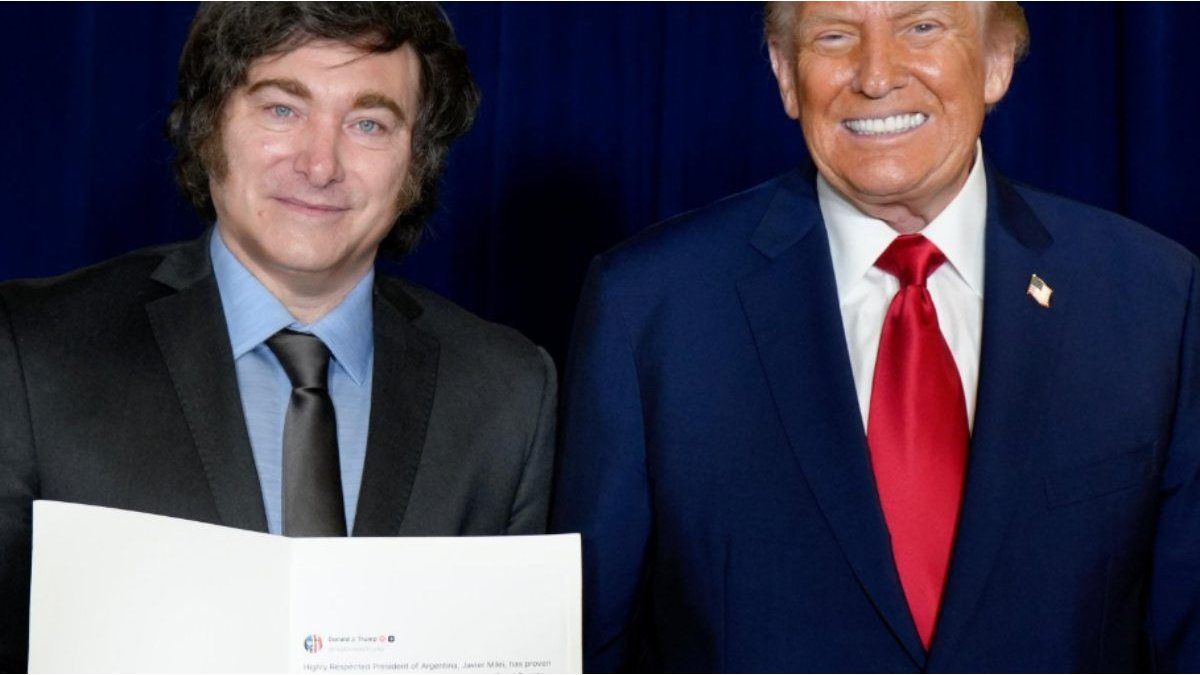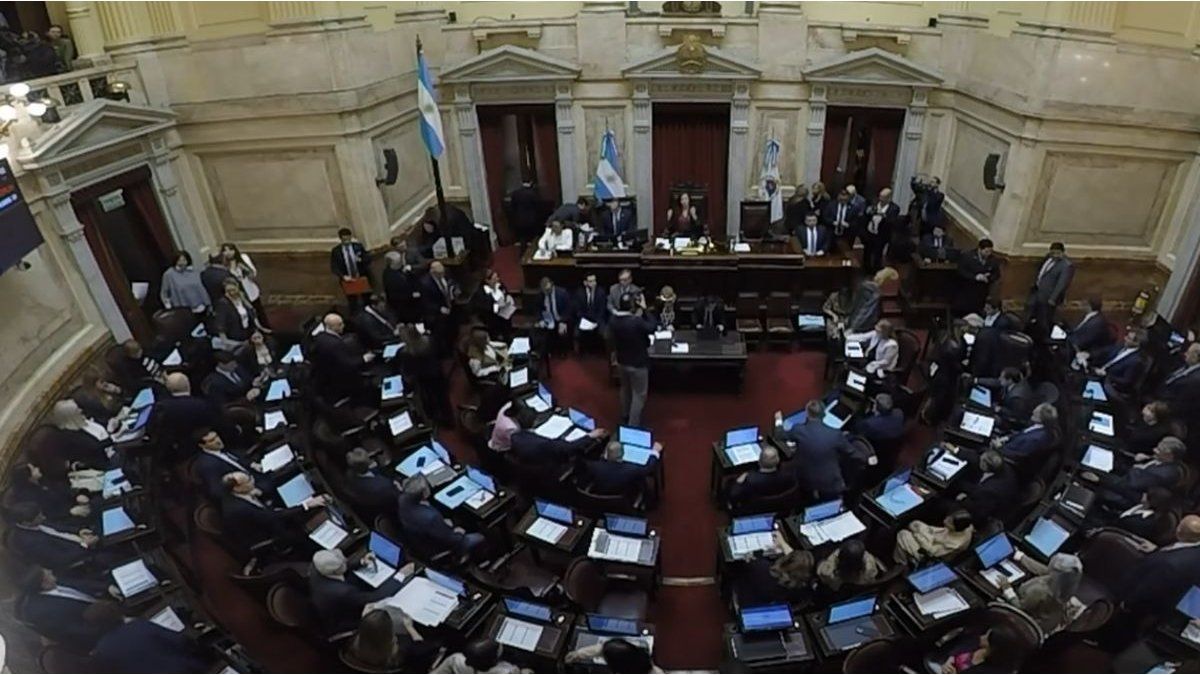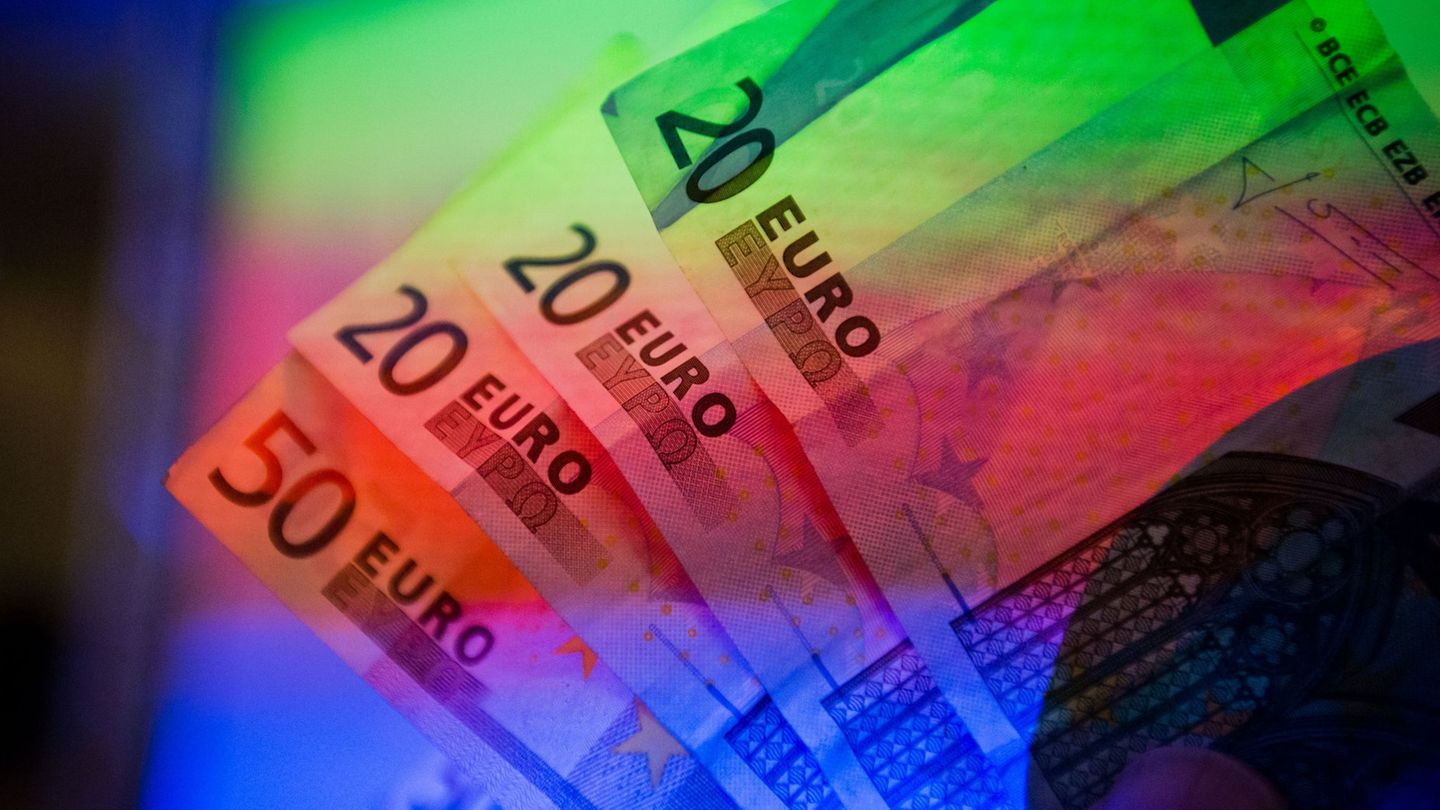With estimated values, given that it was a holiday in the US and Argentine bonds did not trade on Wall Street, andl dollar “counted with liqui” (CCL) -operated with the Global 2030- it climbed almost $29 (+11.5%) to $281.18, a new all-time nominal record. Thus, the gap with the wholesale exchange rate reached 123.2%.
Meanwhile, the MEP dollar -also valued with the Global 2030- it soared 9.9% to $272.39. Consequently, the spread with the official exchange rate reached 116.3%.
The resignation of Martín Guzmán as head of Economy and the appointment of Silvina Batakis as head of the portfolio, created a climate of uncertainty in the financial market. “It was a politically hectic weekend, with an outgoing minister and an empty position in the economy ministry for 24 hours. In turn, Silvina Batakis was not well received by the market,” they described on the tables.
The financial exchange rates had already accumulated a rise of about $15 (+6.5%) last week, after the greater exchange controls of the Central Bank decreed on Monday of last week.
“As expected, among the financial dollars a resumption of the upward readjustment was observed, with a “gap” that exceeded 120%, thus further enhancing the distortions, which comes from the hand of a growing demand in search of coverage within a dangerous climate of growing political and economic uncertainty,” said the economist Gustavo Ber.
The appointment of Batakis “what marks is that indeed the weakness of the president (Alberto Fernández) today is very great, could not appoint a Minister of Economy more aligned with his position“, said María Castiglioni of C&T Economic Advisors.
the heterodox Silvina Batakis She was elected Minister of Economy on Sunday after the untimely resignation of Martín Guzmán, who left office citing strong opposition to his management by the wing headed by Vice President Cristina Fernández de Kirchner.
The new minister will have to face a inflation of more than 70% per year, a high fiscal deficit and a stagnant economy while maintaining a dialogue with the International Monetary Fund (IMF), with which the country restructured a debt of 44,000 million dollars this year.
“There is not going to be any modification. The economic course is guaranteed”said the presidential spokeswoman, Gabriela Cerruti.
Dolar blue
In the informal market, on the other hand, the The blue dollar soared more than $40 this Monday to the unprecedented $280although with the passing of the hours it was moderating the strong jump to almost half, according to a survey of Ámbito in the Black Market of Currencies.
With wide price dispersion and a tense climate, the parallel dollar jumped $21 (+8.8%) throughout the day to the closing record of $260, its lowest value throughout the day, after trading between $267 and $280 for much of the session.
Thus, the exchange gap between the informal dollar and the wholesale official exchange rate escalated to 106.4%, the highest level since last January.
The blue dollar had already accumulated an advance of $13 last week, the most important for this period in a year.
official dollar
The dollar today -without taxes- rose $1.38 to $132.07 for sale this Monday, the biggest daily advance since October 2020according to the average in the main entities of the financial system, while at Banco Nación the note rose $1.25 to $131.50 for sale.
Thus, the savings dollar or solidarity dollar -which includes 30% of the PAÍS tax and 35% deductible from Earnings- advanced $2.29 on average to $217.92, amid strong demand from savers, which caused some to collapse. home banking.
And the wholesale dollar, which is directly regulated by the Central Bank, rose 50 cents to $125.95, surpassing the record that is usually validated on Mondays after two non-business days (around 44/50 cents). In this way, the crawling peg was located at a TNA of 56.4%, the highest level in 6 wheels. However, the 5-day moving average closed just below 50%, at 49.9%, as compared to PPI.
The BCRA had to sell almost US$100 million in its intervention to regulate market liquidity and curb the depreciation of the local currency. “There was a lot of demand for solidarity,” confirmed sources from the monetary authority.
The monetary authority had accumulated last week purchases for some US$1.3 billion after a greater restriction on imports.
“There was expectation of an eventual change in strategy, but the BCRA continued with its gradual slide that it had already been applying, which, beyond the acceleration in the pace of the ‘crawling-peg’, continues to run below inflation, which that adds to the pressure on the reserves growing efforts from the future”, commented a specialist.
future dollar
It was in the futures market where he observed greater pressure on the exchange rate. “It was an unprecedented day. Despite the holiday outside, the volume traded in the futures segment was particularly high,” they noted from PPI.
Some US$1,677 million were traded at ROFEX and some US$399.4 million at MAEtotaling US$2,076.4 million between both markets the highest daily volume in history for a US holiday.
All in all, the implicit rates in the ROFEX contracts soared between 7 and 11 percentage points, which forced the BCRA to intervene heavily in a large part of the curve.
“All terms showed increases, from 0.45% at the end of the month, apparently controlled by the BCRA, to increases greater than 2% as of September. End of the month ended with a rate of 64.40% and August of 80.29%”, reported from ABC Mercado de Cambios.
The July and August contracts accounted for 89% of the volume traded. “Without a doubt, the market is pricing in a greater probability of a discreet jump in the official dollar or, in its variant, a sharp acceleration of the crawling peg”, warned from PPI.
Source: Ambito
David William is a talented author who has made a name for himself in the world of writing. He is a professional author who writes on a wide range of topics, from general interest to opinion news. David is currently working as a writer at 24 hours worlds where he brings his unique perspective and in-depth research to his articles, making them both informative and engaging.




